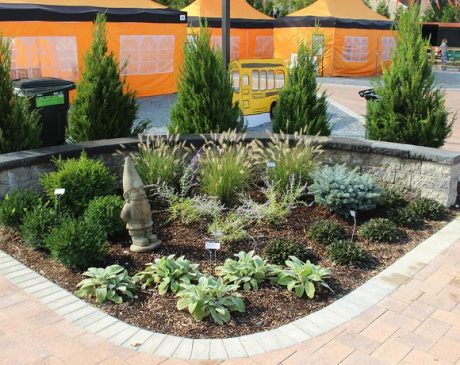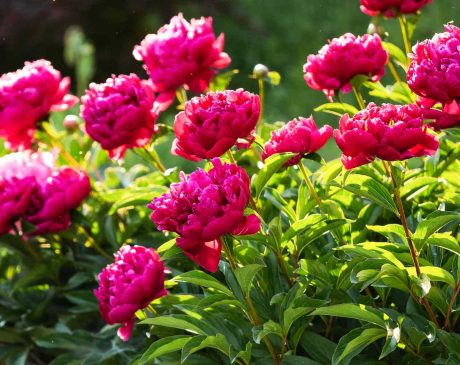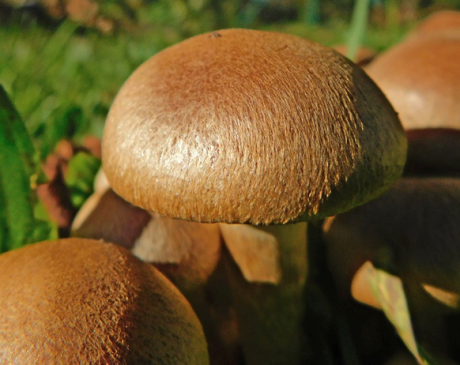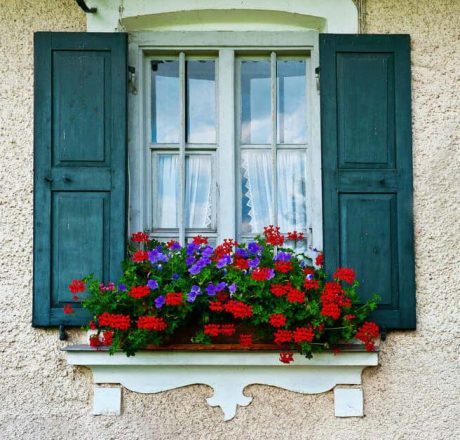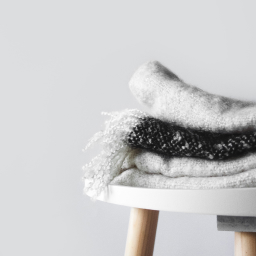How to Use Coffee Grounds for Plant Growth
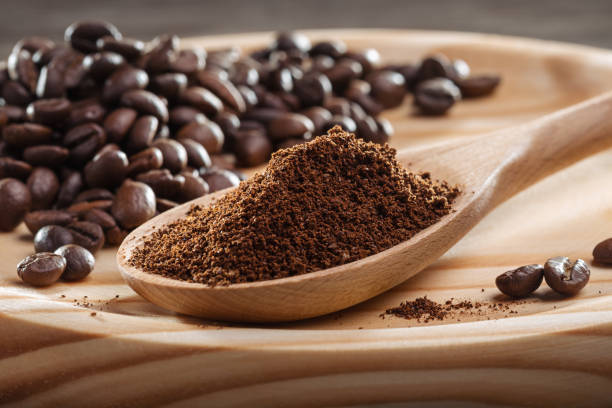
Gardening can be a tough job. Working in extreme weather and nurturing your plants is more than a hobby. It connects you with nature, and you don’t know when the plants become your babies.
But sometimes, even after giving so much to the plants, they don’t grow as expected. What if we say coffee grounds can help you with this? Yes, you heard it right. Coffee is more beneficial than just a morning habit. Coffee grounds can help you grow your plants organically and act as fertilizers.
In this blog, We have presented a comprehensive pattern as to how exactly you can use coffee grounds for plants and when to use them.
Why Use Coffee Grounds for Plants?
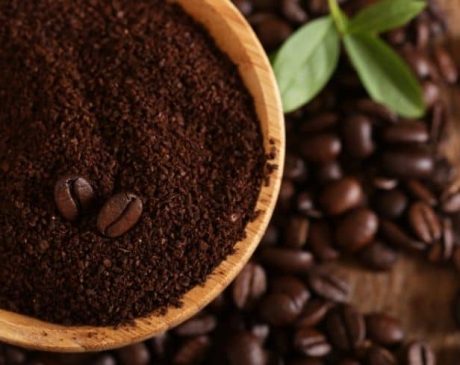
Coffee grounds can bring drastic changes to your garden. With the correct use of coffee grounds, your baby plants can grow greener and better. Coffee grounds are rich in nitrogen. Which helps in increasing their protein level and caffeine. Some benefits of coffee grounds are:
- They repel cats
- They kill slugs
- Help in preventing weeds
- Accelerate aeration
- Acidify the soil
- Attract earthworm
Coffee grounds improve the soil and increase its fertility. It also helps to reduce the landfill waste. This nitrogen-rich component contains a high amount of water. This increases the soil water and moderates the soil temperature. Which overall improves the soil environment. You can use coffee grounds for plants in the form of mulch, fertilizers, and compost. But remember to use coffee grounds for the right plants, or you will spoil your garden.
How to Use Coffee Grounds for Plants?
1. Coffee Grounds as Fertilizers
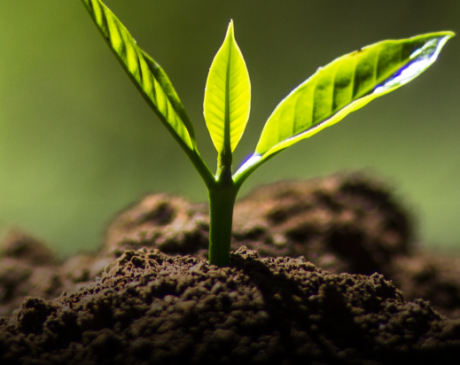
Coffee grounds change the nature of the soil. Fertilizer helps to attract the worms, which improves the quality of the soil. But always remember you should use coffee grounds as fertilizers only for the acid-loving pants. If not, you will destroy the plants as the acid destroys the roots and hinders the growth of the plants.
- Coffee grounds generally have a neutral pH value.
- It is recommended to wear gloves before using coffee grounds for plants. This prevents the sticking of the coffee granules on your hands.
- As you put the gloves on, you are ready to jump into the process.
- Spread the coffee grounds on a plate or a tray. Convert the hard particles into a fine mixture. This helps to sprinkle the particles easily.
- When you do this, sprinkle the coffee grounds around the base of a plant. Make sure that the plant is in the active stage and not dead.
- Once done with the sparkling, water it daily. Watering or rain will help the nutrients to leach down into the roots of the plants and the plant absorbs the nutrients.
- The best time to use coffee grounds as fertilizers is during spring and summer.
- The cold weather can damage the plant, as it doesn’t support the coldness.
- So, this is how you can use coffee grounds for plants without any side effects and for free.
2. Coffee Grounds in Compost
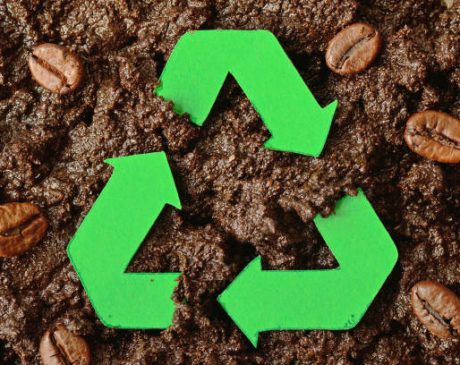
Composting requires green and brown material. Coffee grounds come under the green category as they provide nitrogen to the soil. In the process of composting, you will require coffee grounds.
You can save the coffee grounds without wasting a penny. You can save the coffee grounds when you drink your coffee daily. If not, you can buy these coffee grounds from any cafe for free. Doing this helps the owner to remove their waste and helps you as manure for your plants.
- Coffee grounds are rich in nitrogen, but they also contain nutrients like potassium, phosphorus, and other micronutrients.
- These nutrients help strengthen the plants’ roots and make them grow organically.
- In a study, it has been found that composting can be done in three different ways.
- These are- composting in aerated bins, vermicomposting, and in-vessel composting.
- Earthworms play a very crucial role in the process of composting. They help to improve the soil.
- You should avoid vermicomposting, as it decreases the number of earthworms by 80%.
- Now, take not more than 20% of the coffee ground by volume, and put it into the composting file.
- To ensure there is no harm to earthworms, put a piece of cardboard in between the composting and the surface. It will act as a carbon material.
- This material will absorb all the chemicals and compounds, which could reduce the growth of the plants.
- Make sure that you cool the coffee grounds before using them in composting, as the heat can kill important microbes.
- In this way, you can use coffee grounds for plants in composting.
3. Coffee Grounds as Mulch
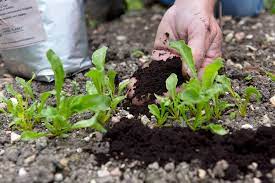
You now know that coffee grounds are easily used as fertilizers and in composting. But now it is time to understand how you can use grounds as mulch. You must know mulch is used as a layer of material applied at the surface of the soil. This covers the soil and prevents many things. It also conserves soil moisture and improves the fertility of the soil.
But coffee grounds are also used as mulch. Due to the presence of nitrogen in the grounds, they protect the soil and improve the quality.
- Make a ½ inch layer of coffee grounds above the base of the plant. And put the mulch product above that.
- The use of direct coffee grounds can be destructive. That’s why it is recommended to apply these grounds with mulch.
- When you put down the mulch product, it increases the moisture of the soil and keeps the weeds down.
- Ensure that the layer is not more than ½ inch. If not, it will result in compacted soil, which will prevent water penetration like clay soil.
- In order to penetrate the water, mix coffee grounds with some organic matter like compost or leaf mold.
- Once done with this, use it with mulch product, and the process will start to take off.
The Affect of Coffee Grounds on Plants
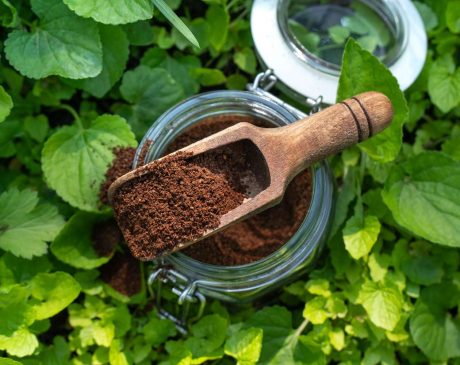
You understood how to use coffee grounds for plants. But have you wondered, are all the plants benefited from the coffee ground? Well, the answer is no.
Coffee grounds can be beneficial for both indoor and outdoor plants. But it is very important to differentiate the plants. Every plant requires a different type of soil. And as coffee grounds are acidic, only plants that can survive in the acidic nature can be benefitted from coffee grounds.
1. Acid-Loving Plants
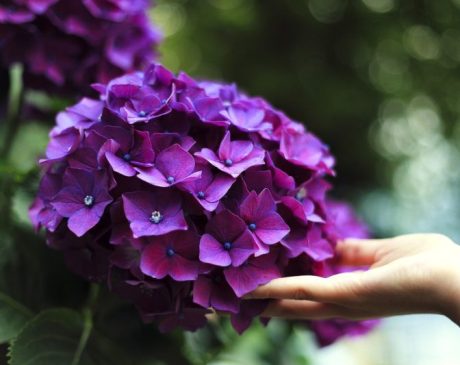
Plants like tomato is an acid-loving plant. You can grow tomatoes in the soil with coffee grounds. But make sure that the acid content is not higher than required. If yes, it will be harmful to the plant, even if it is acid-loving.
Here’s a comprehensive list of certain plants you can grow in acidic soil:
- Azaleas
- Blueberries
- Camelia
- Hydrangea
- Magnolia
- Gardenia
- Tomatoes
- Dogwood
- Holly
- Cranberries
- Daffodil
- Cucumbers
2. Alkaline-Loving Plants
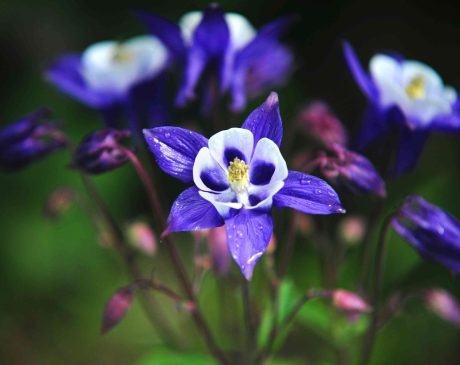
Alkaline-loving plants are plants that can’t survive in acidic soil. These plants tend to destroy when grown on coffee grounds. To give these plants a long and healthy life, soil that is rich in alkaline is very helpful.
Here’s a list of alkaline-loving plants:
- Cherry Blossom
- Caryopteris
- Clematis
- Forsythia
- Barberry
- Crocus
- Photinia
- Lilac
- Buddleia
- Boston Ivy
Mistakes to Avoid While Using Coffee Grounds
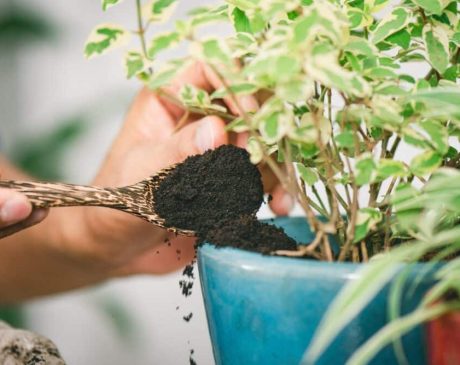
Coffee grounds are very effective for the organic growth of your garden. But you can avoid these mistakes to ensure there are no loopholes in it:
- Don’t use fresh grounds in your garden. It can bring harm to your plants.
- Don’t use coffee grounds for plants directly.
- Get a soil test before using coffee grounds for plants. It is important to know the nature of your soil before using any external component.
- Prefer no chemical flavored coffee grounds.
- Avoid thick layers of coffee grounds. It can hurt the garden and lead to a lack of water penetration.
Conclusion
Coffee grounds are proved very fruitful in the growth of your plants. It is a very simple and easy way of organic gardening. But remember the right steps. If it is very helpful for the plants, it can harm them as well. Remember to make the right use of coffee grounds. This eco-friendly fertilizer will enhance the soil and provide the needed nutrients. By implying the above-mentioned ways, you can provide better growth for your plants. Mix the grounds well with the soil, and it will start its work in no time.
If you want to increase your plant growth without spending an extra penny, then coffee grounds will help you. We believe coffee grounds can change the way of gardening without wasting a penny on it. What are your views on it, do let us know in the comments below.
Frequently Asked Questions
Can I Use Coffee Grounds as Plant Soil?
No. Despite so many nutrients and micronutrients, using coffee grounds as plant soil is not suggested. If you add more coffee grounds to the plant soil, then it will reduce the water penetration, and the plant won’t get the right amount of water. You can sprinkle a particular amount on the plant soil.
Are Coffee Grounds Good for Plants?
Yes. You can use coffee grounds for plants as it has so many components that can improve your plants without damaging the soil environment. Coffee grounds contain nutrients like nitrogen, potassium, magnesium, and calcium. These nutrients help to fertilize the plants and help in speedy growth.
What Kind of Plants Doesn’t Like Coffee Grounds?
The alkaline-loving plants can’t grow with the coffee grounds in the soil. Plants like: Cherry Blossom, Caryopteris, Clematis, Forsythia, Barberry, and many more will require an alkaline base. And coffee grounds can destroy them.
Can I Put Coffee Grounds in Potted Plants?
Yes, Coffee grounds are beneficial for indoor plants. The nitrogen present in this component helps to grow the plant. But don’t exceed the number of coffee grounds, or it will make a thick layer around the plant, which hinders water penetration.


